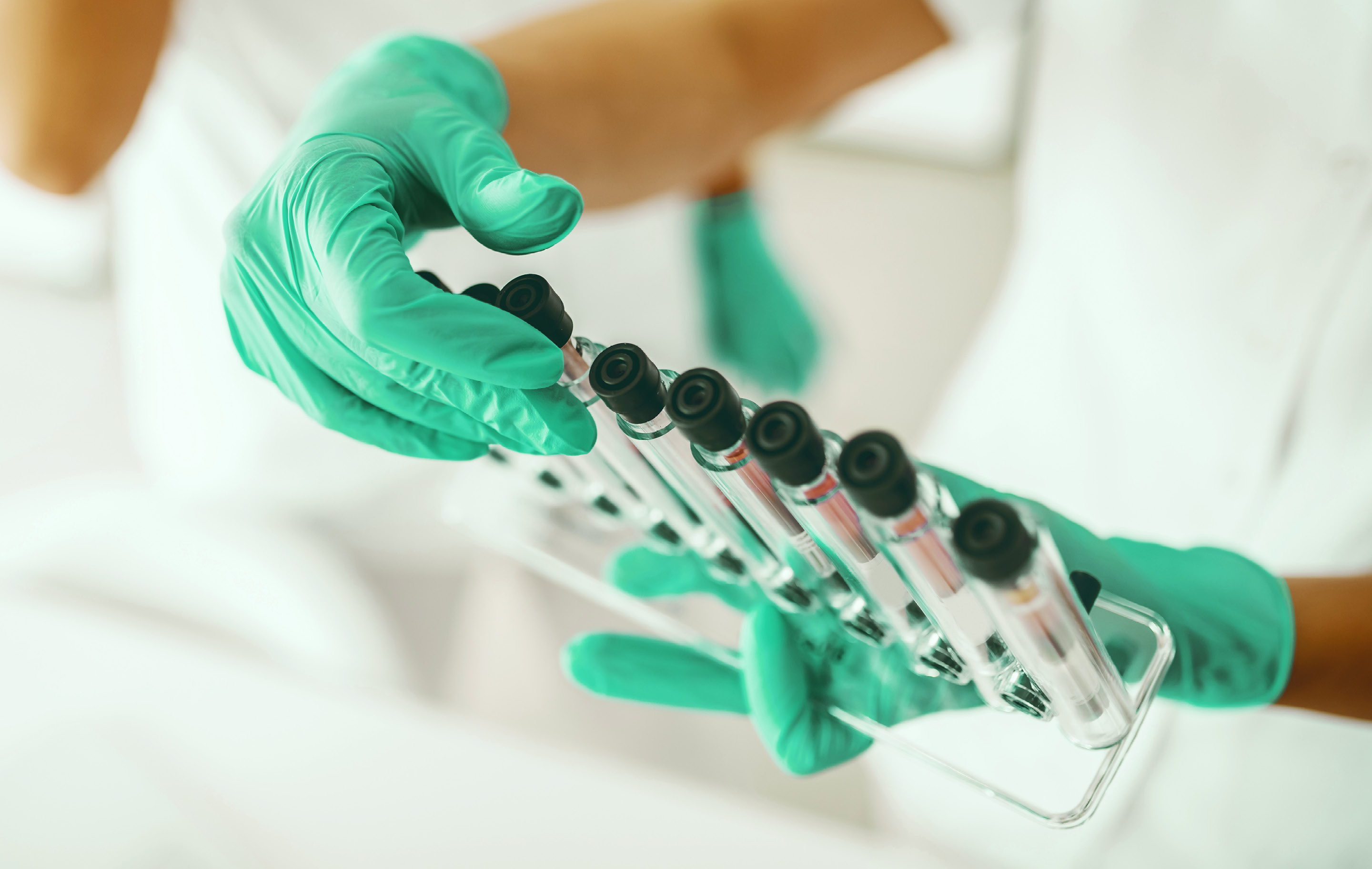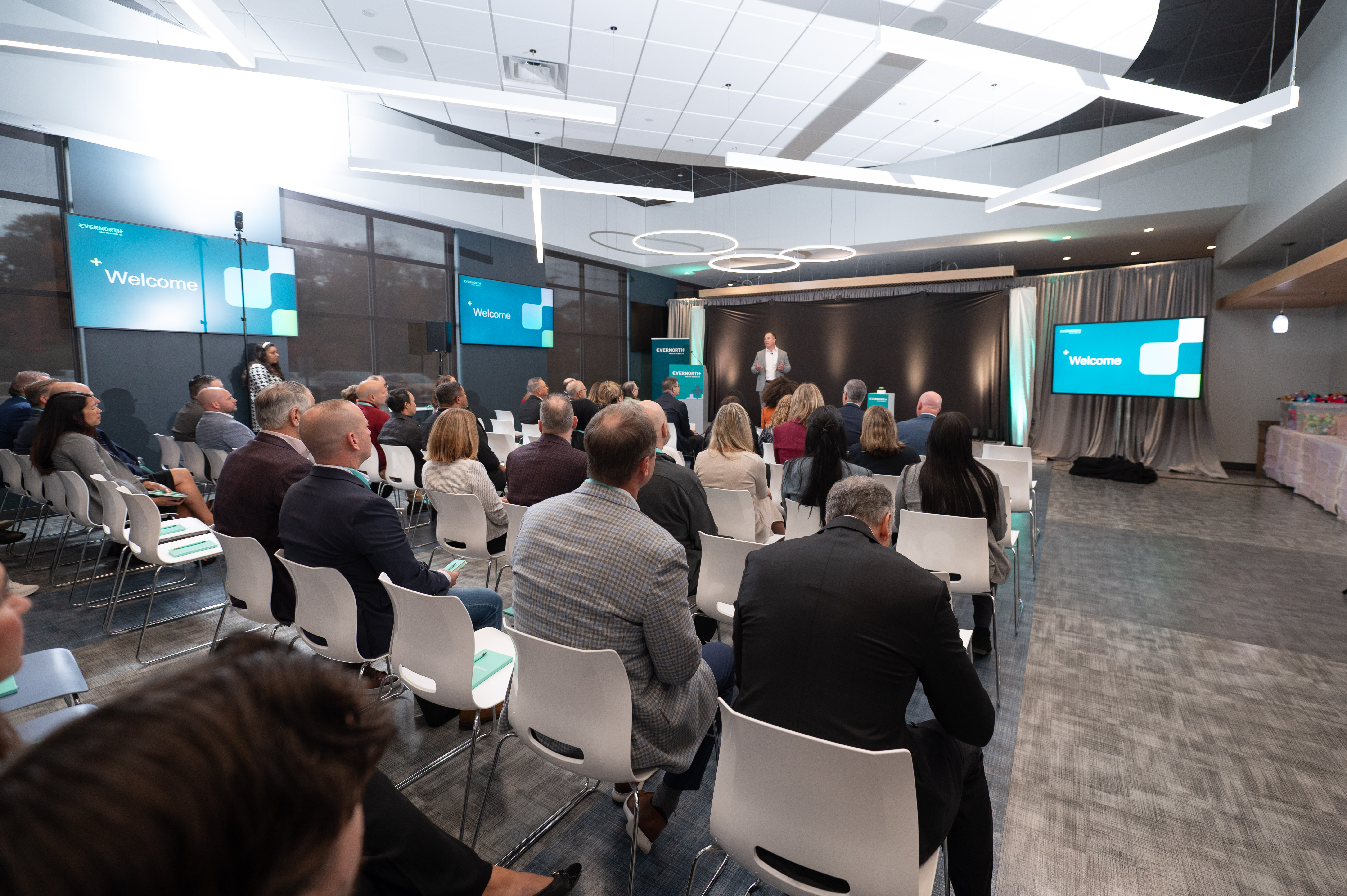With a growing number of biosimilar drugs in the pipeline, plan sponsors have lots of questions. We answer some of the most important ones here.
What are biosimilars?
A biosimilar is a specific type of biologic drug. Biologics are powerful therapies derived from living organisms, such as blood, cells, tissues or proteins—different from traditional medicines, which are created using chemical processes. Biosimilars are biologic drugs that are “highly similar” and “clinically equivalent” to another biologic “reference” product already approved by the U.S. Food and Drug Administration (FDA).
- “Highly similar” means that the core characteristics of the biosimilar, such as purity and chemical identity, are just like that of the reference product. There might be minor differences in clinically inactive components, such as the stabilizer or buffer, but the FDA carefully controls and monitors these acceptable variances.
- “Clinically equivalent” means the biosimilar product has no significant differences from the reference product in terms of structure, biological activity, efficacy, safety and immunogenicity profile.
Biosimilars are as safe and effective as their biologic reference products. Think of the relationship between biosimilars and biologics like the relationship between generics and their brand-name counterparts: Safe, clinically equivalent and likely to deliver lower-net costs for patients and plans.
Some biosimilars, known as Interchangeable Biosimilars, are so similar to the original biologic that they are proven to produce the same clinical result in any patient.
How are biosimilars developed?
The process of developing a biosimilar is scientifically rigorous. Because they are made out of the cells of living organisms, biosimilars are complicated to manufacture. In fact, they can take a decade or more to complete—unlike a generic drug, which can be developed in as little as three years.
In the U.S., the biosimilar development process can be comprised of three major stages:
- Characterization and perfecting the process: Characterization involves gaining an exhaustive understanding of the reference biologic, which is achieved by thoroughly examining its structure and function. The next phase is developing and refining the manufacturing technique to produce the highly similar therapy, which is an iterative process where each part of the protocol is optimized in repeating steps. The biosimilar manufacturer will also conduct clinical trials designed to prove both efficacy and safety.
- Confirmation of biosimilarity: The FDA then reviews all this information to determine the additional non-clinical and clinical studies, if any, that will be required to confirm biosimilarity.
- Approval: Lastly, the FDA looks at the totality of evidence to determine whether all the applicable scientific standards have been met. Once a biosimilar is approved, only then can it be produced and distributed.
What is a biosimilar interchangeability?
When a biosimilar is approved by the FDA, it means the manufacturer demonstrated that the drug is both highly similar and clinically equivalent to its reference product. However, the FDA requires an additional, more stringent review process before it designates an approved biosimilar as interchangeable. That’s because, when state laws permit, interchangeability allows a pharmacist to substitute a biosimilar for a reference product at the pharmacy counter without first consulting the prescriber—much like how generic drugs are routinely substituted for brand name drugs to help save the patient money.
This interchangeable approval process requires the manufacturer to demonstrate that the approved biosimilar produces the same clinical result as the original biologic in any patient. Additionally, the manufacturer must prove that a patient can switch back and forth between the interchangeable biosimilar and the original biologic with no safety risks or decreased effectiveness.
An important note to add is that once an approved biosimilar is also designated as interchangeable, its manufacturer may also be granted a “period of exclusivity” prohibiting another interchangeable biosimilar from entering the market during that time, which in the U.S. is one year. This is why we might only see one interchangeable product at first, with more coming to market outside of the exclusivity window. While this market exclusivity period can delay competition, it also poses a strong incentive for manufacturers to file for interchangeability.
How many biosimilars are currently available in the U.S.?
In the U.S., more than 90 biosimilars are in development today. 38 biosimilar products have already been approved by the FDA, but only 22 are currently available for use. By comparison, 71 biosimilars are available in the European Union.*
Each of these figures is constantly evolving. For an up-to-date tally of approvals, the Center for Biosimilars® website is a helpful resource.
What are some of the challenges standing in the way of more widespread biosimilar availability?
There are many reasons why biosimilars aren’t more widely available in the U.S., but to drill down on what we see as the primary challenge: There are a number of legal barriers and patent law nuances that can be interpreted and applied in ways to delay biosimilar market entry. Reference brand manufacturers can deploy tactics that exploit these loopholes to inhibit competition with biosimilars and keep their drug prices high.
Another issue is that biosimilars aren’t always approved for all of the indications a reference product is approved for, adding additional complexity for prescribing physicians.
The other big challenge ahead of us is ensuring that patients and providers are aware of the availability of biosimilars and feel confident using them. We faced this same issue with generics a generation ago, when both patients and providers were hesitant to switch because they didn’t know enough about them. This is where Accredo, Evernorth’s industry-leading specialty pharmacy, comes in. Through Accredo, we can help physicians and patients better understand these therapies and feel more comfortable using a preferred alternative. To that end, we’ll be proactively communicating with prescribers and patients through a multichannel approach that combines traditional and digital outreach.
Why should people, especially plan sponsors, care about biosimilars?
The cost of biologics has emerged as the number one threat to affordable prescription drugs—and affordable health care, in general. These are life-changing and life-saving therapies for debilitating conditions like rheumatoid arthritis and complex conditions like cancer. But they can only help if patients and plans can afford them. Right now, biologics are extremely expensive with annual costs of $50,000 or more. In many cases, these annual costs can exceed hundreds of thousands of dollars for a single patient.
Biosimilars, on the other hand, are estimated to be up to 35% less expensive than their branded reference biological products, with the Humira biosimilar being about 85% lower than the list price for the name brand drug. They have the potential to fundamentally change the pharmaceutical market by lowering drug costs through more competition—and by a wide margin. According to the IQVIA Institute for Human Data Science, the adoption of biosimilars could help to reduce drug costs in the U.S. by $100 billion over a five-year period.
All of us—including health plans, employers, pharmacy benefit managers, specialty pharmacies, providers and patients—have a role to play in helping realize the full potential of biosimilars. At Evernorth, we strongly believe this starts with better education and awareness around the topic to improve understanding and build trust.
With so many biosimilars in the pipeline, what can plan sponsors do now to start preparing for more of these becoming available over the next few years?
To prepare for the upcoming wave of biosimilars, flexibility is the name of the game. Plan sponsors should make sure their plan design is nimble enough to adapt to the expanding spectrum and fluctuating costs of specialty medications. Just as importantly, they need to ensure their plan is designed to prioritize the lowest cost, clinically-equivalent therapy, in addition to supporting members and providers throughout the transition process.
Both of these objectives can be achieved by leveraging the full range of formulary and utilization management tools, as well as a specialty three-tier design.
Above all, plan sponsors need to stay up-to-date on this ever-dynamic, increasingly complex space. Given all the fluid factors at play, from the intricacies of biologics and interchangeability (or not) to pricing preferences and approved indications, there’s a lot to navigate.
Evernorth is here to help. We have the experience and expertise to help keep plan sponsors informed and ahead of the curve with proactive guidance and proven solutions.



